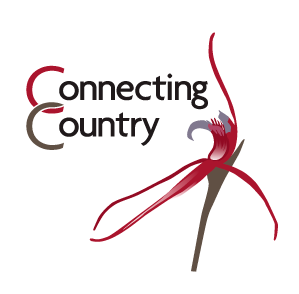Intermediate birdwatching skills
Workshop 2: Intermediate Birdwatching Skills 16 August, 2014
About The Session: Located at the Castlemaine Botanic Gardens Tea Rooms, this workshop was presented by local naturalist and photographer, Geoff Park. Geoff is well known for his stunning bird photography on the Natural Newstead blog. Geoff’s photographs and writing combine beautifully to take his readers through bird identification and behavioural observations, and so Geoff was therefore an ideal presenter for this session. Geoff used a large number of photographs and plenty of audience participation to take us through a series of exercises with the following aims:
- Develop skills and knowledge to identify LBB’s or little brown birds
- Tips, clues and traps
- Narrowing down the field
- Gain confidence and rise to the challenge!
Judging from the evaluations, it looks like the section on thornbill identification was extremely popular. Here, Geoff outlined the key field marks or identifying features of this group of small brown birds – the Brown Thornbill, Striated Thornbill, Yellow-rumped Thornbill, Buff-rumped Thornbill and their stubby-billed relative, the Weebill. Some have white eyes or irises, they have varying amounts of striations (streaks) on the chest, and different colour patterns on their foreheads. A good field guide will emphasise the key field marks. Geoff recommended the Pizzey and Knight as the best field guide. In this guide, the key field marks are in italics in the description.
We ran out of time before we could adequately cover such things as binoculars, bird call identification and a ‘how-to’ section on bird monitoring – clearly we need a whole day! Many participants are keen and ready to start monitoring birds – and contributing their bird sightings. And to that end, we are creating a Bird Monitoring Kit – which will be found on this website very shortly.
Many thanks to Geoff Park for his wonderful presentation, and to Janet Barker for her help on the day.
Resources and Links from the Session:
Local groups
-
- Unfortunately there is no official branch of BirdLife Australia in Castlemaine. However, the Castlemaine Field Naturalists are very much into birds, and carry out both the Swift parrot counts, and the Annual Bird Count in December. http://castlemainefnc.wordpress.com
- Birdlife Ballarat often has excursions in this region, for example to Maryborough. http://www.birdlife.org.au/locations/birdlife-ballarat
- Keep in touch with all things natural history related in the Mount Alexander region by becoming a member and subscribing to the Connecting Country blog. http://connectingcountry.org.au/
Birds online:
-
- BirdLife Australia. Australia’s peak birding organisation http://birdlife.org.au
- Birdata. The gateway to BirdLife Australia data including the Atlas of Australian Birds and Nest Record scheme. http://birdata.com.au
- Birds in Backyards. A research, education and conservation program focusing on the birds where people live. http://birdsinbackyards.net/
- Birdline. Visit the Victorian section if you are interested in rare bird updates, such as Swift Parrot sightings. Birdline http://www.eremaea.com/BirdlineRecentSightings.aspx?Birdline=1
Field guides and apps: Everyone has a favourite field guide – and indeed it is best to have a range of guides as each has different things to offer. It is widely agreed that the ‘pizzey’, as it is affectionately known, is one of the best. However, they all have something to recommend them, so try your local library if you wish to compare guides. For example, Michael Morcombe’s Field Guide to Australian Birds is great because it has a comprehensive section on nests and eggs, and the Simpson and Day Field Guide is good because it is fairly compact and the illustrations are very clear.
 Graham Pizzey and Frank Knight, The Field Guide to the Birds of Australia
Graham Pizzey and Frank Knight, The Field Guide to the Birds of Australia
A recommended app for iphone or android systems is by Michael Morcombe and David Stewart, The Michael Morcombe eGuide to Australian Birds. The app is useful for its calls, and particularly for when you want to compare two similar calls, for example a Golden or a Rufous Whistler.
Images from the day, by Janet Barker: (click on the image to enlarge) 













